
Baron Clinton is a title in the Peerage of England. Created in 1298 for Sir John de Clinton, it is the seventh-oldest barony in England.

John Rolle, 1st Baron Rolle was a British peer who served as a Member of Parliament in general support of William Pitt the Younger and was later an active member of the House of Lords. His violent attacks on Edmund Burke and Charles James Fox in the early 1780s led to his being the target for satirical attack in the Rolliad. He was colonel of the South Devon Militia and was instrumental in forming the Royal 1st Devon Yeomanry and the North Devon Yeomanry.
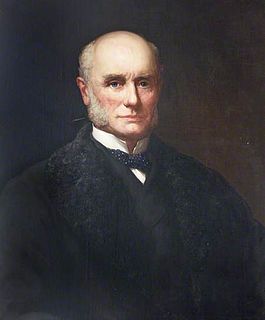
Charles Henry Rolle Hepburn-Stuart-Forbes-Trefusis, 20th Baron Clinton, styled The Honourable Charles Trefusis between 1832 and 1866, was a British Conservative politician. He served as Under-Secretary of State for India from 1867 to 1868.
Callington was a rotten borough in Cornwall which returned two Members of Parliament to the House of Commons in the English and later British Parliament from 1585 to 1832, when it was abolished by the Reform Act 1832.
Baron Rolle was a title created twice in the Peerage of Great Britain for members of the Rolle family, related as uncle and nephew.
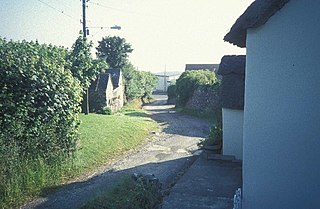
Petrockstowe is a small village and civil parish in the district of Torridge in Northern Devon, England. Its population in 2001 was 379, hardly different from the figure of 385 recorded in 1901. The southern boundary of the parish lies on the River Torridge, and it is surrounded, clockwise from the north, by the parishes of Peters Marland, Merton, Huish, Meeth, Highampton and Buckland Filleigh.

Frithelstock is a village, civil parish and former manor in Devon, England. It is located within Torridge local authority area and formed part of the historic Shebbear hundred. The parish is surrounded, clockwise from the north, by the parishes of Monkleigh, Great Torrington, Little Torrington, Langtree and Buckland Brewer. In 2001 its population was 366, down from 429 in 1901.

Bicton House, or Bickton House, is a late 18th- or early 19th-century country house, which stands on the campus of Bicton College, Bicton, near Exmouth, East Devon. It is a Grade II* listed building. The park and gardens are Grade I listed in the National Register of Historic Parks and Gardens.
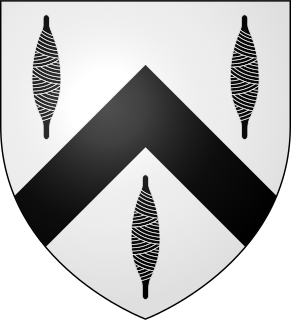
Nicholas Trefusis was an English politician who sat in the House of Commons of England variously between 1628 and 1648.

John Trefusis lord of the manor of Trefusis in the parish of Mylor in Cornwall, was an English politician who sat in the House of Commons from 1621 to 1622.
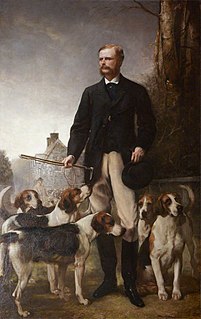
Hon. Mark George Kerr Rolle (1835–1907), of Stevenstone, St Giles in the Wood, Devon, was High Sheriff of Devon in 1864, a DL of Devon and High Steward of Barnstaple. Due to an inheritance from his uncle by marriage, John Rolle, 1st Baron Rolle (1750–1842), he became the largest private landowner in Devon, and according to the Return of Owners of Land, 1873 his landholdings, of which he was life-tenant under his uncle's will, extended to 55,000 acres. He was a prolific philanthropist and builder and restorer of churches, farmhouses and cottages, the latter for his estate workers.

Heanton Satchville was a historic manor in the parish of Petrockstowe, North Devon, England. With origins in the Domesday manor of Hantone, it was first recorded as belonging to the Yeo family in the mid-14th century and was then owned successively by the Rolle, Walpole and Trefusis families. The mansion house was destroyed by fire in 1795. In 1812 Lord Clinton purchased the manor and mansion of nearby Huish, renamed it Heanton Satchville, and made it his seat. The nearly-forgotten house was featured in the 2005 edition of Rosemary Lauder's "Vanished Houses of North Devon". A farmhouse now occupies the former stable block with a large tractor shed where the house once stood. The political power-base of the Rolle family of Heanton Satchville was the pocket borough seat of Callington in Cornwall, acquired in 1601 when Robert Rolle purchased the manor of Callington.

Margaret Rolle, 15th Baroness Clintonsuo jure, was a wealthy aristocratic Devonshire heiress, known both for eccentricity and her extramarital affairs.

Potheridge is a former Domesday Book estate in the parish of Merton, in the historic hundred of Shebbear, 3 miles south-east of Great Torrington, Devon, England. It is the site of a former grand mansion house re-built by George Monck, 1st Duke of Albemarle (1608–1670) circa 1660 on the site of the former manor house occupied by his family since at the latest 1287. It was mostly demolished in 1734 after the death of the widow of his son Christopher Monck, 2nd Duke of Albemarle.

Hudscott is a historic estate within the parish and former manor of Chittlehampton, Devon. From 1700 it became a seat of a junior branch of the influential Rolle family of Heanton Satchville, Petrockstowe and in 1779 became a secondary seat of the senior Rolle family of Stevenstone, then the largest landowner in Devon. Hudscott House, classified in 1967 a Grade II* listed building, is situated one mile south-east of the village of Chittlehampton. It was largely rebuilt in the 17th century by the Lovering family and in the late 17th century became a refuge for ejected Presbyterial ministers. In 1737 its then occupant Samuel II Rolle (1703-1747) purchased the manor of Chittlehampton and thus Hudscott House became in effect the manor house of Chittlehampton.

Heanton Satchville is an estate in the parish of Huish in Devon. It took its name from the nearby former ancient estate of Heanton Satchville, Petrockstowe. It is the seat of Baron Clinton who owns the largest private estate in Devon, known as Clinton Devon Estates.
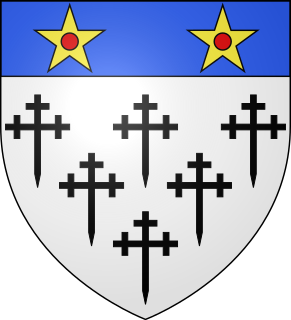
Clinton Devon Estates is a land management and property development company which manages the Devonshire estates belonging to Baron Clinton, the largest private landowner in Devon, England. Lord Clinton is of the Fane-Trefusis family, and is seated at Heanton Satchville in the parish of Huish, in Devon. The organisation's headquarters are situated on part of the estate at the "Rolle Estate Office" in the Bicton Arena at East Budleigh, near Budleigh Salterton, East Devon.
The Manor of Bicton is an historic manor in the parish of Bicton in east Devon, England.
The manor of Alverdiscott was a manor situated in north Devon, England, which included the village of Alverdiscott.
Croker's Hele is an historic estate in the parish of Meeth in Devon, England.


















